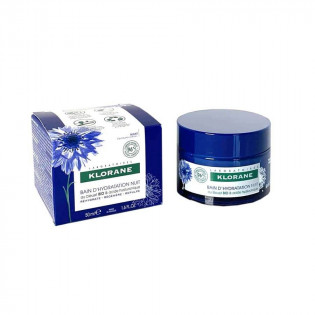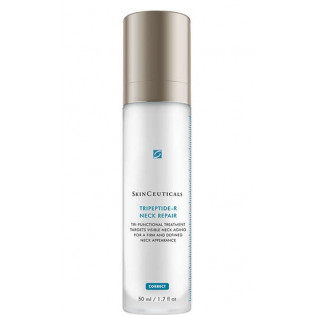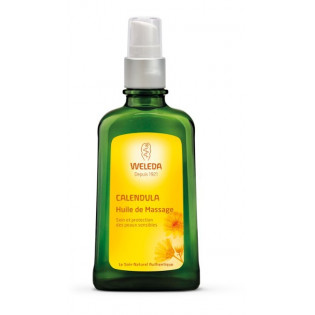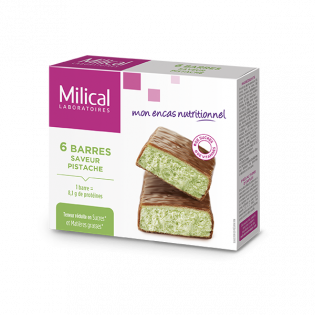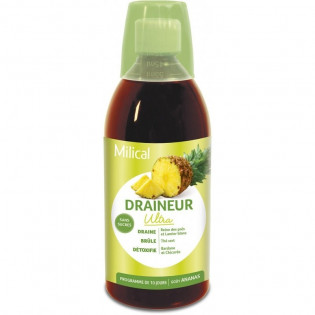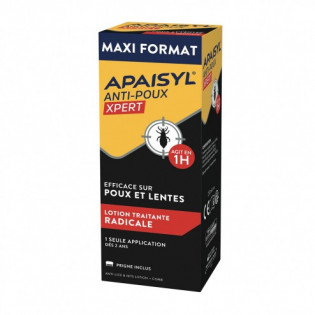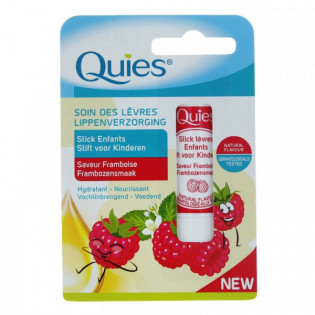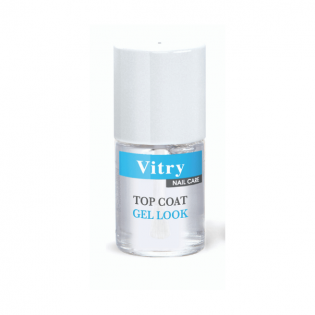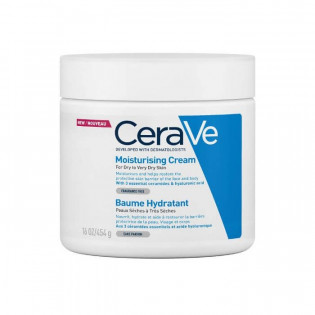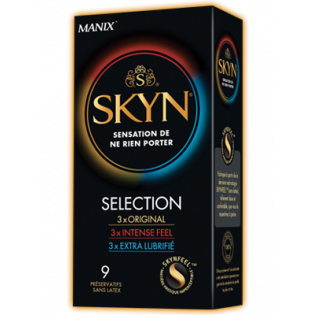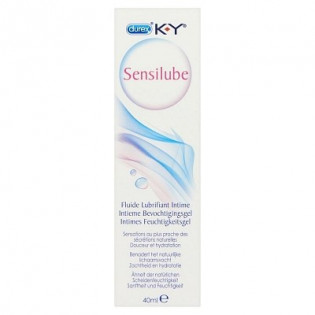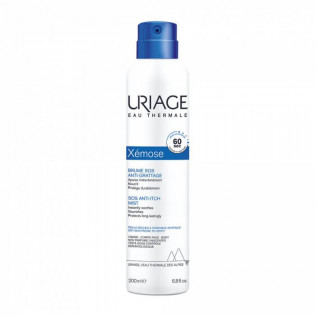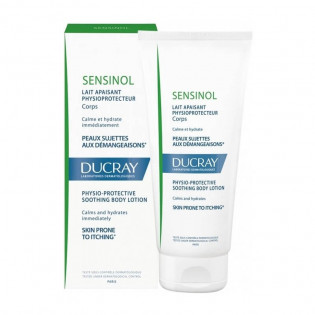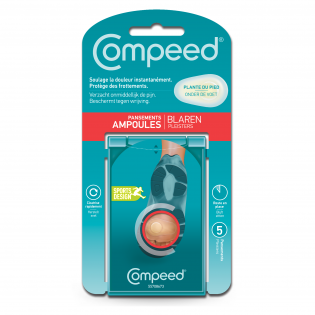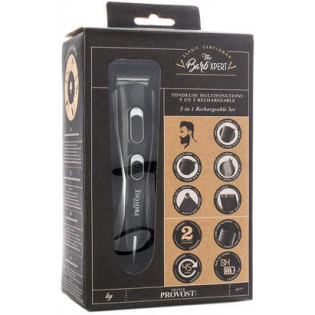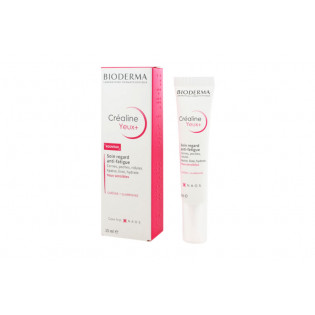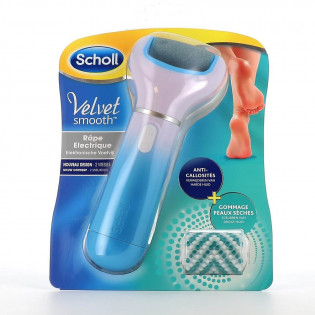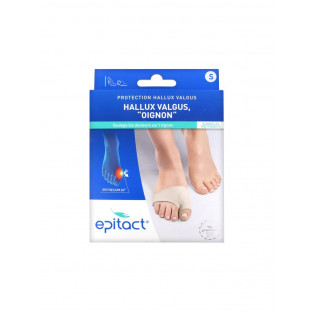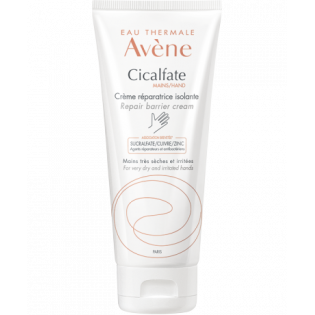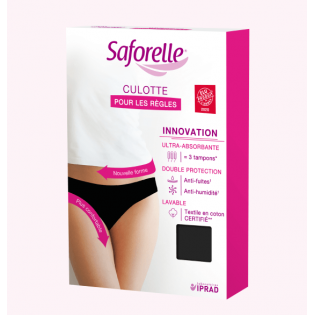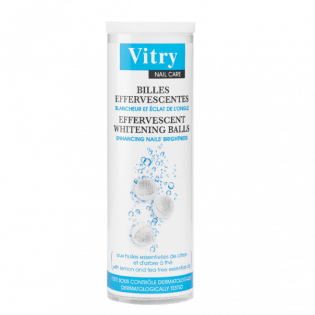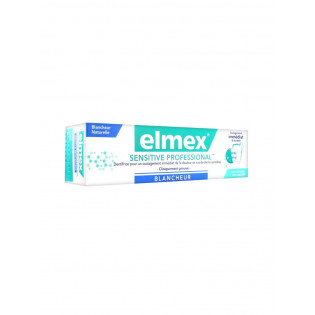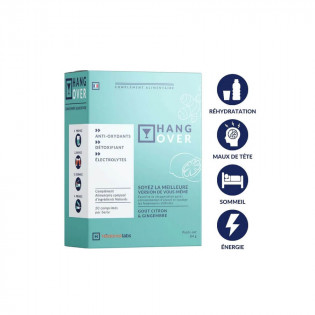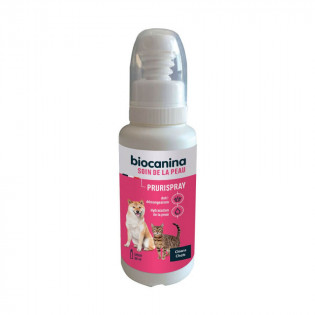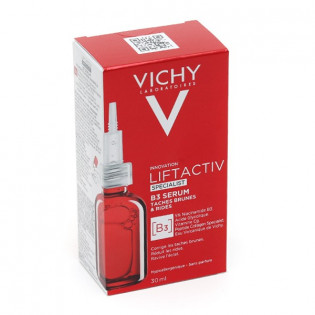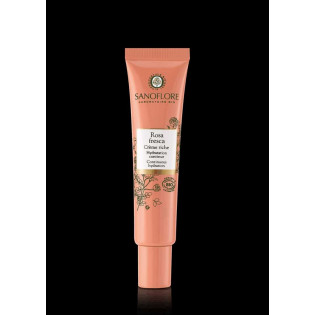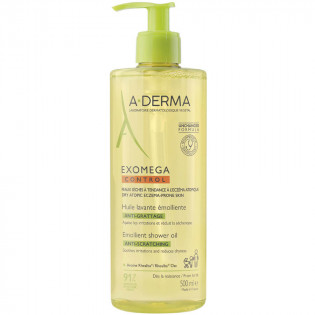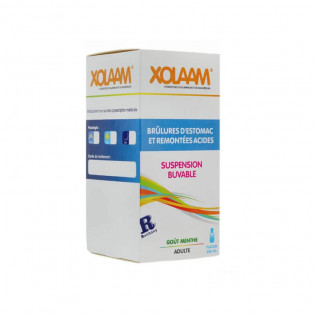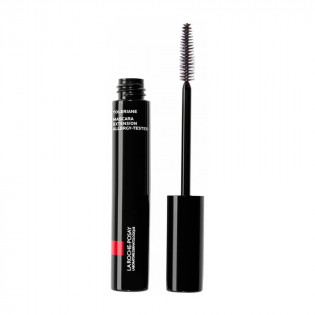Indications
VoltarenActigo 1% is used for short-term local treatment of painful minor traumas: strains, sprains or contusions.
For cutaneous application only.
Dosage
Always follow the dosage indicated by your doctor or described in this leaflet when using VoltarenActigo 1%.
If in doubt, consult your doctor or pharmacist.
The usual dose is:
Adults:
Apply a pain-relieving plaster to the painful area twice a day (morning and evening). The maximum total dose is two plasters per day, even if there is more than one injury to treat. Do not treat more than one painful area at a time.
Children and adolescents under 16:
In the absence of specific studies, Voltaren 1% should not be used in children and adolescents under 16
Elderly:
This drug should be used with caution in elderly patients, who are more prone to adverse reactions.
Patients with impaired renal or hepatic function:
This drug should be used with caution in patients with impaired renal or hepatic function.
Use only on intact, healthy skin. For application to the skin only.
Do not apply when bathing or showering. Do not ingest.
- Open the pouch containing the plaster, cutting along the dotted line.
- Extract a plaster and carefully close the sachet by pressing the seal.
- Remove the protective film from the adhesive surface of the plaster.
- Then apply the plaster to the painful area.
If necessary, hold the plaster in place with an elastic bandage.
Never cover the plaster with an airtight (occlusive) dressing.
Never cut the plaster.
After use, fold the plaster in half with the adhesive side facing inwards.
Based on the limited data available, short-term treatment is recommended.
Never use Voltarenplast 1% for more than three days without consulting your doctor. There is no therapeutic benefit from using Voltarenplast 1% for more than 7 days.
In adolescents over 16 years of age and adults, if more than 7 days' use is required to relieve pain, or if symptoms worsen, parents of adolescents/patients are advised to consult a physician.
If you feel that the effect of Voltarenplast 1% is too strong or too weak, consult your doctor or pharmacist.
Precautions for use
If you suffer or have suffered from asthma or allergies, use of this product may cause bronchial muscle spasm (bronchospasm), leading to breathing difficulties.
If a rash appears after application, treatment should be discontinued immediately.
In case of renal, cardiac or hepatic disease, in case of history of gastrointestinal ulcer,
Inflammatory bowel disease or digestive bleeding.
The occurrence of adverse effects can be minimized by using the lowest possible dose for the shortest possible duration of treatment required to relieve symptoms.
If symptoms persist for more than 3 days, a doctor should be consulted.
Never apply the plaster to the eyes or mucous membranes, and avoid all contact with the eyes and mucous membranes.
Voltarenplast 1% must be applied to intact, healthy skin and must not be applied to open wounds or sores.
Do not use the plaster under an occlusive dressing.
Voltarenplast 1% should be used with caution in elderly patients, who are more prone to adverse reactions.
After removal of the plaster, avoid exposure of the treated area to sunlight (sun or UV booths) for about a day, to reduce any risk of photosensitivity.
Do not use any medication containing diclofenac or other NSAIDs, either orally or topically, at the same time.
Pregnancy and breast-feeding
Although rare, abnormalities have been reported in infants whose mothers took NSAIDs during pregnancy.
During the first 6 months of pregnancy, Voltarenplast 1% should only be used on the advice of your doctor.
Voltarenplast 1% should not be used during the last three months of pregnancy, as it may increase the risk of serious consequences for mother and child.
Diclofenac is excreted in very small quantities in breast milk. As no adverse effects have been observed in infants, it is generally not necessary to suspend breast-feeding during short-term use. Voltaren 1% should never be applied directly to the breasts.
Ask your doctor or pharmacist for advice before taking any medication.
Fertility:
Voltaren 1% is not recommended for women wishing to conceive, having difficulty conceiving or undergoing investigation for infertility.
Contraindications
Never use Voltarenplast 1%:
- If you are allergic (hypersensitive) to diclofenac, propylene glycol, butylated hydroxytoluene or any of the other ingredients of Voltarenplast 1%.
- If you are allergic (hypersensitive) to other non-steroidal anti-inflammatory drugs (NSAIDs), such as acetylsalicylic acid or ibuprofen.
- If you have a history of asthma, skin reactions or irritating swellings inside the nose after taking acetylsalicylic acid or other NSAIDs.
- If you have an evolving digestive ulcer.
- On wounds of any kind (e.g. abrasions, cuts, burns), exudative dermatitis, infected skin lesions or eczema.
- During the last three months of pregnancy.
- In children and adolescents under 16.
Side effects
Like all medicines, Voltarenplast 1% is likely to have adverse effects, although not everyone is subject to them.
By convention, the frequency of adverse reactions is classified as follows:
- Very frequent: affecting more than 1 in 10 patients treated.
- Common: affecting 1 to 10 out of every 100 patients treated.
- Uncommon: affecting 1 to 10 treated patients out of 1,000.
- Rare: affects 1 to 10 out of 10,000 patients treated.
- Very rare: affects less than 1 in 10,000 patients treated.
- Unknown frequency: frequency impossible to assess with available data.
Consult your doctor immediately and stop using the plaster if you experience any of the following: sudden itching rash (urticaria), swelling of hands, feet, ankles, face, lips, mouth or throat; difficulty breathing; decrease in blood pressure or fatigue.
Possible adverse reactions are as follows:
Common: skin reactions at the application site, redness of the skin, eczema, inflammatory redness of the skin (including contact and allergic dermatitis), swelling of the skin, itching and burning sensations,
Uncommon: generalized reddening of the skin, hypersensitivity reaction (including urticaria), swelling of the skin and mucous membranes and generalized allergic reaction.
Rare: blistering, dry skin.
Very rare: asthma attack, severe eczema, skin lesion with pustules, skin lesion with ulcerations and skin sensitivity to light.
Unknown frequency: hematoma at the application site.
After cutaneous application, the absorption of diclofenac into the blood and the level of diclofenac in the blood are also extremely low, compared with the blood levels reached after oral administration of diclofenac. The risk of adverse reactions affecting the whole body (e.g. gastrointestinal, liver or kidney disorders or breathing difficulties) is therefore very low after cutaneous application compared with the frequency of adverse reactions associated with oral diclofenac. If diclofenac is used over a large area of the skin or for a prolonged period, systemic side effects may occur.
If you notice any side effects not listed in this leaflet, or if any side effects become serious, please tell your doctor or pharmacist.
Composition
Diclofenac sodium: 140 mg
For one medicated plaster.
Glycerol, propylene glycol (E1520), di-isopropyl adipate, liquid-crystal sorbitol (E420), sodium carmellose, sodium polyacrylate, basic copolymer of butyl methacrylate, disodium edetate, anhydrous sodium sulfite (E221), butylated hydroxytoluene (E321), potassium aluminum sulfate, anhydrous colloidal silica, light kaolin (natural), macrogol lauric ether, levomenthol, tartaric acid, purified water.
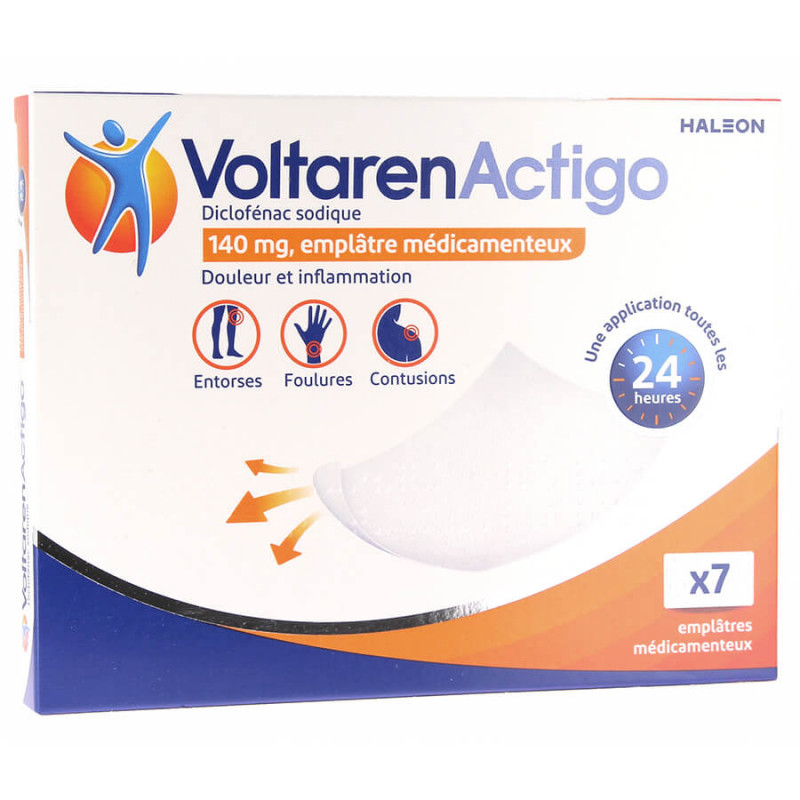
 Français
Français English
English
